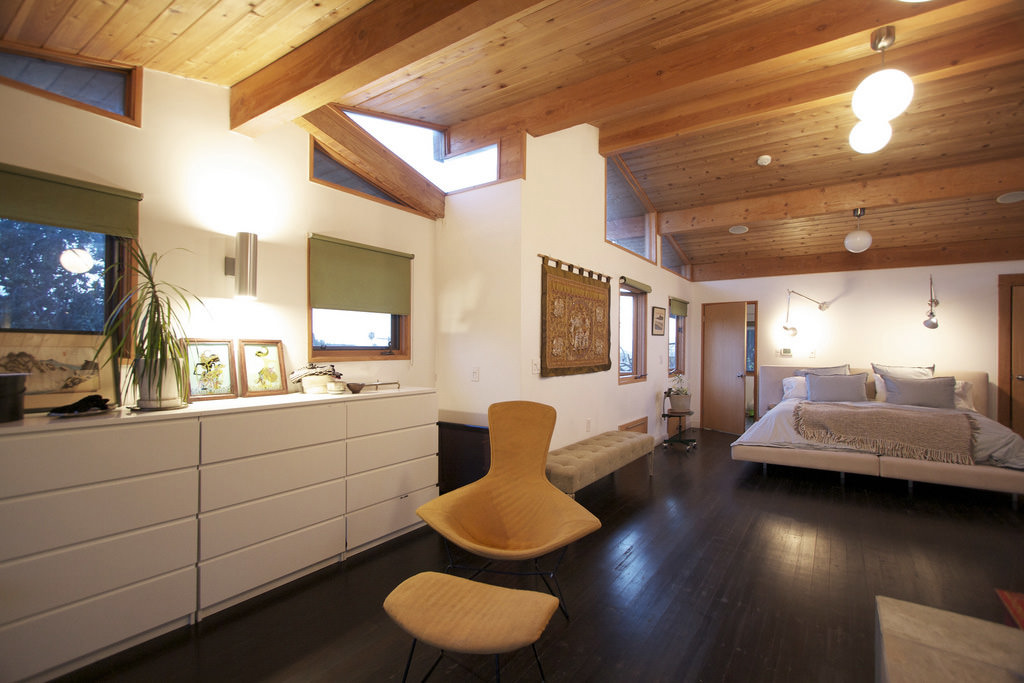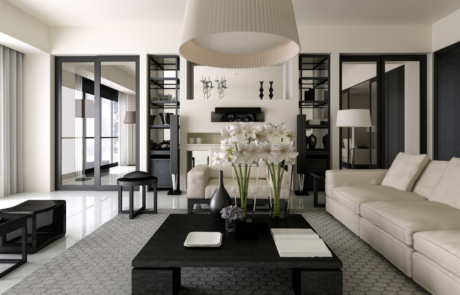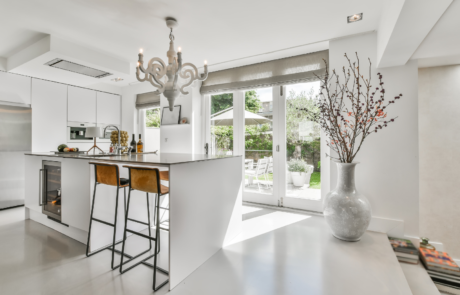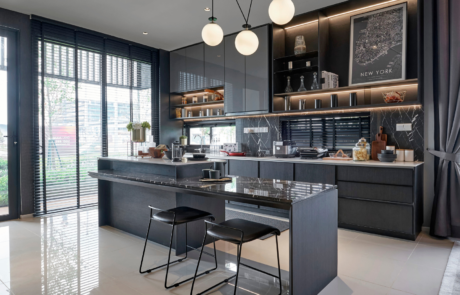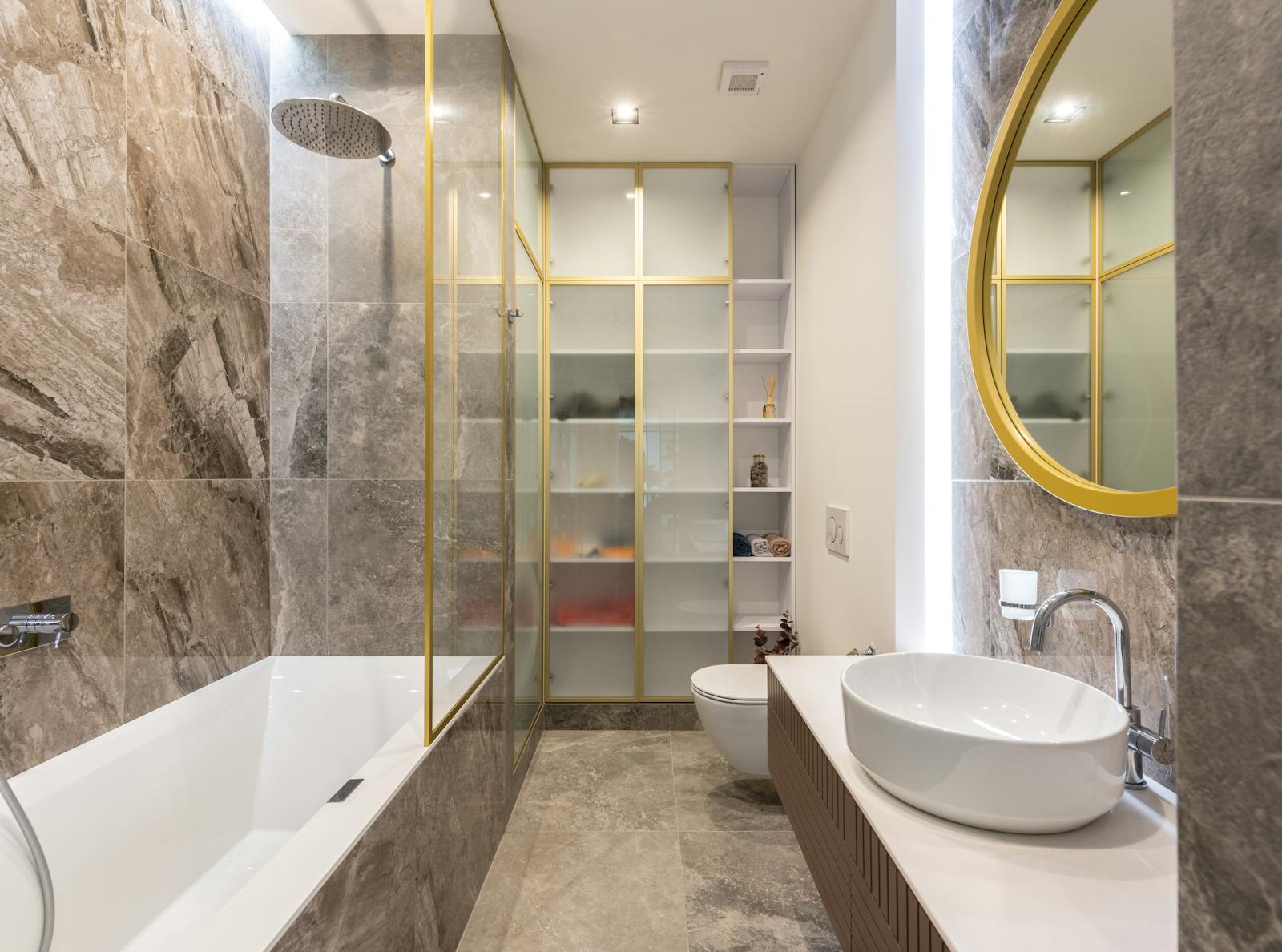Introduction
In the dynamic world of interior design, two contrasting philosophies stand out: minimalism and maximalism. Both have fervent admirers and offer distinct ways of expressing personal style through living spaces. For clients walking into an interior design showroom, the choice between the serene simplicity of minimalism and the bold statement of maximalism can be a reflection of their inner selves. This blog post will explore the essence of both styles, helping you decide which resonates with your individuality.
Understanding Minimalism
The Essence of Minimalism
Minimalism is more than just an aesthetic; it’s a lifestyle choice that emphasizes the ‘less is more’ approach. Born out of the minimalist art movement of the 1960s, this style in interior design is characterized by a clean, uncluttered space with a monochromatic or limited color palette, and a focus on the essentials.
Characteristics of Minimalist Design
- Simplicity in Form and Function: Every piece of furniture and decor is selected for its practicality and its ability to blend into the overall design.
- Monochromatic and Neutral Colors: White, beige, and grey are often the backbone of a minimalist color scheme, providing a calm and uniform backdrop.
- Open Spaces: Minimalism favors open floor plans that promote freedom of movement and an airy feel.
- Natural Light: Large windows and unobstructed sunlight are key in minimalist interiors, enhancing the sense of space.
- Texture and Material: With color taking a backseat, texture becomes important. Linen, wool, and natural wood add depth and warmth.
Advantages and Disadvantages of Minimalism
- Advantages: A minimalist space can be a sanctuary from the busy world, potentially reducing stress and promoting clarity of mind. It also often requires less maintenance and can make smaller spaces feel larger.
- Disadvantages: Some may find minimalism to be too sterile or impersonal. It can also be challenging to achieve if you have a lot of possessions or a preference for more decorative items.
Exploring Maximalism
The Essence of Maximalism
Maximalism shouts out ‘more is more’ with a confident voice. It is a celebration of excess, a feast for the senses with a rich tapestry of patterns, textures, and colors. This style can be traced back to the Victorian era and has evolved with influences from various periods and cultures.
Characteristics of Maximalist Design
- Bold Colors and Patterns: Maximalism embraces a wide palette of vibrant colors and juxtaposes different patterns and prints.
- Eclectic Collections: Personal collections, artworks, and memorabilia are often on full display, telling the story of the inhabitant’s journey.
- Layering and Textiles: Fabrics like velvet, silk, and brocade add luxury and comfort, while layering creates a cozy and dynamic environment.
- Statement Pieces: Maximalist spaces often feature bold furniture and decor that can stand alone as conversation starters.
- Diverse Influences: The style can include a mix of vintage and contemporary pieces, reflecting a broad range of influences.
Advantages and Disadvantages of Maximalism
- Advantages: Maximalism allows for a more personal and expressive space that can evolve over time with your tastes. It’s also forgiving and flexible, accommodating new finds and treasures.
- Disadvantages: Without careful editing, maximalist spaces can become cluttered and overwhelming. It also might require more effort to maintain and organize.
Comparative Analysis
Direct Comparison Between Minimalism and Maximalism
While minimalism creates calmness and order, maximalism brings energy and warmth. The choice between them can depend on your lifestyle, personality, and even your psychological needs. Do you find tranquility in open, unadorned spaces, or do you feel more at home surrounded by objects that have personal significance?
Psychological Impact
Minimalist spaces can enhance concentration and mental clarity, while maximalist environments can stimulate creativity and boost morale. However, the impact is highly individual. Some may thrive in the vibrancy of a maximalist room, while others may feel distracted or cramped.
Historical Context and Trends
The Evolution of Design Philosophies
Interior design has long been influenced by cultural and social trends. The minimalist trend gained momentum post-World War II, influenced by Japanese traditional design and the Modernist movement. Maximalism has roots in the Victorian era, where it reflected wealth and status. Today, these styles are less about social trends and more about personal choice and psychological comfort.
Trends in Modern Living
As we navigate the 21st century, there’s a notable trend towards hybrid styles. ‘Minimax’ or ‘maximin’ are terms used for spaces that blend elements of both philosophies. For example, a room might feature a minimalist layout with a maximalist approach to art and accessories.
Practical Application
Achieving Your Chosen Style
How do you implement these styles in your own space? Minimalism calls for decluttering and selecting pieces that serve multiple functions. Maximalism, on the other hand, involves layering and the strategic use of bold, eye-catching elements. Both styles require a keen eye for balance and composition.
Tips for Each Style
For minimalism, focus on quality over quantity. Choose items that have clean lines and are well-made. For maximalism, curate your collection with intention, ensuring there is still a sense of harmony in the chaos.
Real-Life Examples
Case Studies
Showcasing a few case studies of homes that have successfully implemented each style can provide tangible examples. From a minimalist loft in New York City to a maximalist cottage in the English countryside, these real-life scenarios can inspire and guide enthusiasts.
Anecdotes from Designers
Personal stories from interior designers who have worked with clients to achieve these styles can add a human touch to the blog. Their expertise can provide insight into how each style is adapted to fit individual needs.
Conclusion
Choosing between minimalism and maximalism in interior design is not just about aesthetic preference; it’s about creating a habitat that resonates with your soul. Whether you find peace in the restrained elegance of minimalism or joy in the exuberant richness of maximalism, your home should be a reflection of who you are. Walk into our showroom, and let us guide you through the journey of discovering your style—a space where you can live your most authentic life.
